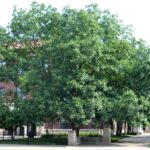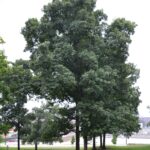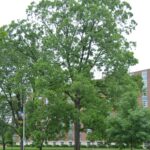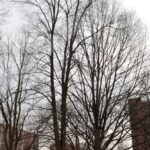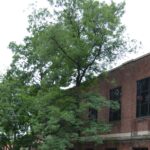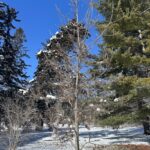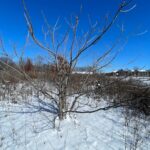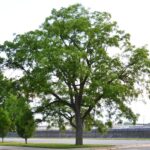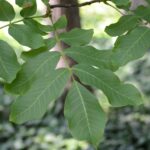Flowers:
Yellow-green (Yellow-green male catkins in late spring/early summer, not ornamentally important. Small, terminal female spikes in late spring/early summer, not ornamentally important)
Foliage:
Green (Summer foliage); Yellow (Fall foliage)
Fruit:
Brown (Nut is edible by humans and wildlife)
Soil:
Prefers moist, well-drained soils
Diagnostic Characteristics:
Leaves are alternately arranged and pinnately compound. Leaflets are oppositely arranged. Nut is moderately hard and bony and encased by a 4-valved husk ripening in October; seeds are edible by humans and wildlife.
